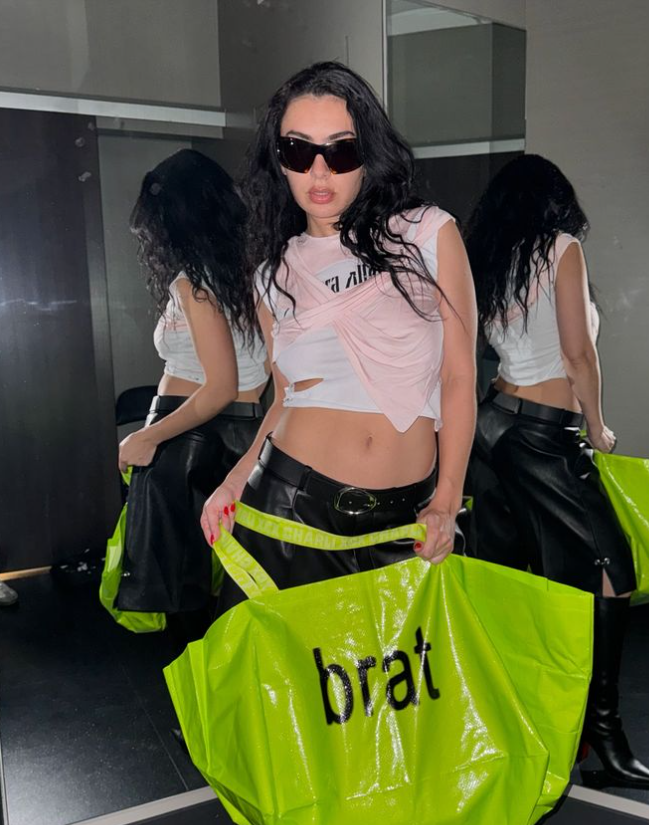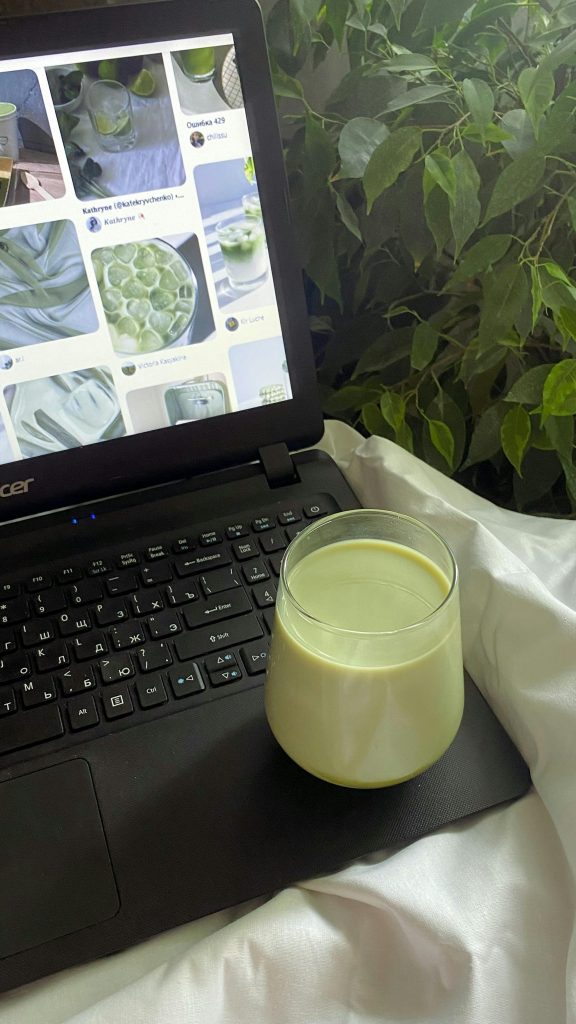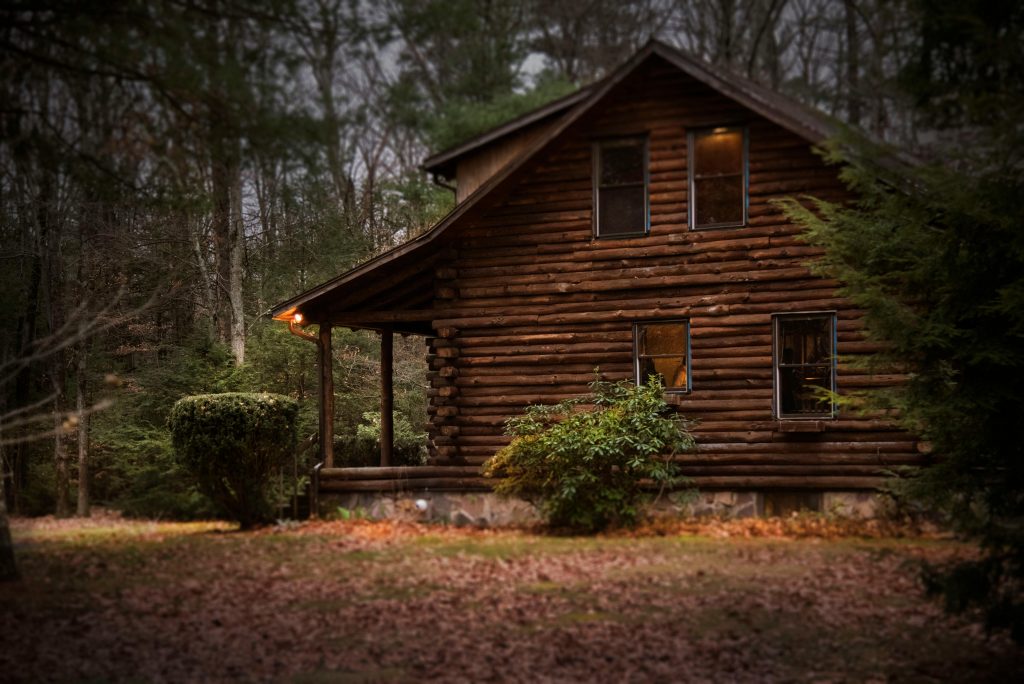Brat Summer 2024 is a lifestyle and an aesthetic created by the British singer Charli XCX with the drop of her new album titled BRAT. It portrays a messy, carefree, young girl partying summer vibe that we all aspired to this summer. With summer wrapping up we have entered an opposite era – a very demure, very mindful lifestyle, when a makeup influencer Jools Lebron unknowingly created a new hit trope. The word trope will be used as the definition of a recurring theme or motif.

@charli_xcx, Instagram, 2024
It can be argued that with the fast pace of social media trends that blow up overnight and die in a few days, there is always some trope, aesthetic, vibe, or a -core to aspire to.
@itsjohnwalsh, How does one become #BRAT ✅ An explanation of what having a #BRATsummer means specifically for #KamalaHarris 💚 #charlixcx #fyp, TikTok, 2024
This blog will dive into why we are drawn to certain aesthetics and how using tropes can be a smart marketing move in today’s neo-capitalist world.
Tropes as social categorization
Social categorization in media is nothing new. We all sometimes love to watch a good cheesy coming-of-age romcom where the main character’s high school society is split into groups of cool jocks, nerds, goths, hot popular girls, etc. The high school cliques come from stereotypes of different social groups of teenagers, and, it can be controversially argued that some stereotypes are, at least somewhat, based on truth.

I claim that because, according to several psychologists, social categorization is central to human cognition. The human need to categorize comes from a very young age and it is a cognitive mechanism related to recognizing social expectations and predicting others’ social behaviour.
It has negative aspects such as prejudice and the development of stereotypes. Still, it is mainly used subconsciously to understand social and cultural context and social hierarchy. Furthermore, it is a way to construct social identity and social representation.
Tropes as a form of social representation
The social representation in media involves presenting one’s identity through pictures, videos, and words. An Instagram user can curate their profile so their images, descriptions, and videos fit a certain vibe and aesthetic. Furthermore, on some types of social media like Pinterest, the user can create moodboards, where they align specific imagery, colors, and quotes to create a visual representation of ideas, feelings, or tropes.

Cottagore and other -cores
Tropes that have -core in their name refer to something central to one’s being, so things that are cottagecore can be related to the feeling of coziness, autumn, forest, moss, fireplace, living in isolation, and nature, etc. Not only these tropes are designed to present a certain feeling and a lifestyle, but they are also here to present an identity.

Social media identity
The reason why Brat Summer works so well is not because it represents the lifestyle of one summer, it is also offering a social media identity that humans, whose social categorization is at the heart of human cognition, strive for. The same observation can be made about TikTok videos where one needs to choose between being an angel, fairy, mermaid, or a witch. These fantasy social categories present certain character traits and behaviors that one can relate to. By choosing one of these, we are doing the act of self-labeling practice, as we are building a persona that we want to present to the outer world.
@iualiamua, witch🧙♀️vampire🧛♀️mermaid🧜♀️ or fairy🧚 ??? #makeup, TikTok, 2024
Why it works so well as a brand strategy
Quite a few brands hopped on the Brat vs Demure trend, taking advantage of what both represent and targeting the audience that decided to relate to the aesthetic of these tropes. The American brand Duolingo is quite famous for using ”gen Z marketing” and taking advantage of social media trends to stay relevant among the youth.
@duolingo, charli said “talk to me in french” and we listened🗣️ #brat #sweattour credit: @Julia 💚 #charlixcx #troyesivan, TikTok, 2024
Not only that, but I have noticed a growing popularity of using social media tropes for brand strategy and product selling, especially among online clothing store apps.
For example, the Chinese online clothing brand Cider’s mantra is ‘’shop by mood’’, and their clothes are categorized by feeling demure, feeling chic, feeling goth, etc. Furthermore, Zalando has presented the new Autumn/Winter ‘24 collection breaking it down into categories of Mob Wife Trend, Grunge Styles, Back to University, Office Outfits, etc.
Using social media tropes might boost your brand, it also might bring you controversy
So, we can see that using social media tropes as a marketing strategy works as humans are hardwired to categorize and label things, so if you want to present yourself as chic and you are in your Mob Wife era, you are going to look for clothes that Cider and Zalando offer you so you can build your dream aesthetic.
One downside of using social media trends for brand building is how quickly the trends die and become controversial, potentially leading to the brand being canceled.
In conclusion, social media can be a powerful tool for shaping a brand’s image, as people are naturally inclined to be drawn to certain aesthetics and social groups. However, due to easy access to information, aesthetics evolve rapidly. Therefore, a brand targeting Gen Z and Gen Alpha audiences must be able to adapt and keep up with these changes.



